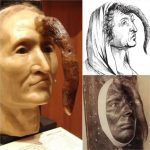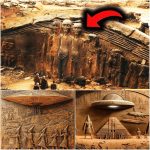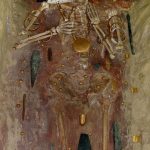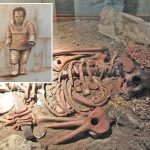BREAKING: Pharaoh Thutmose II’s Lost Tomb Revealed After 3,500 Years
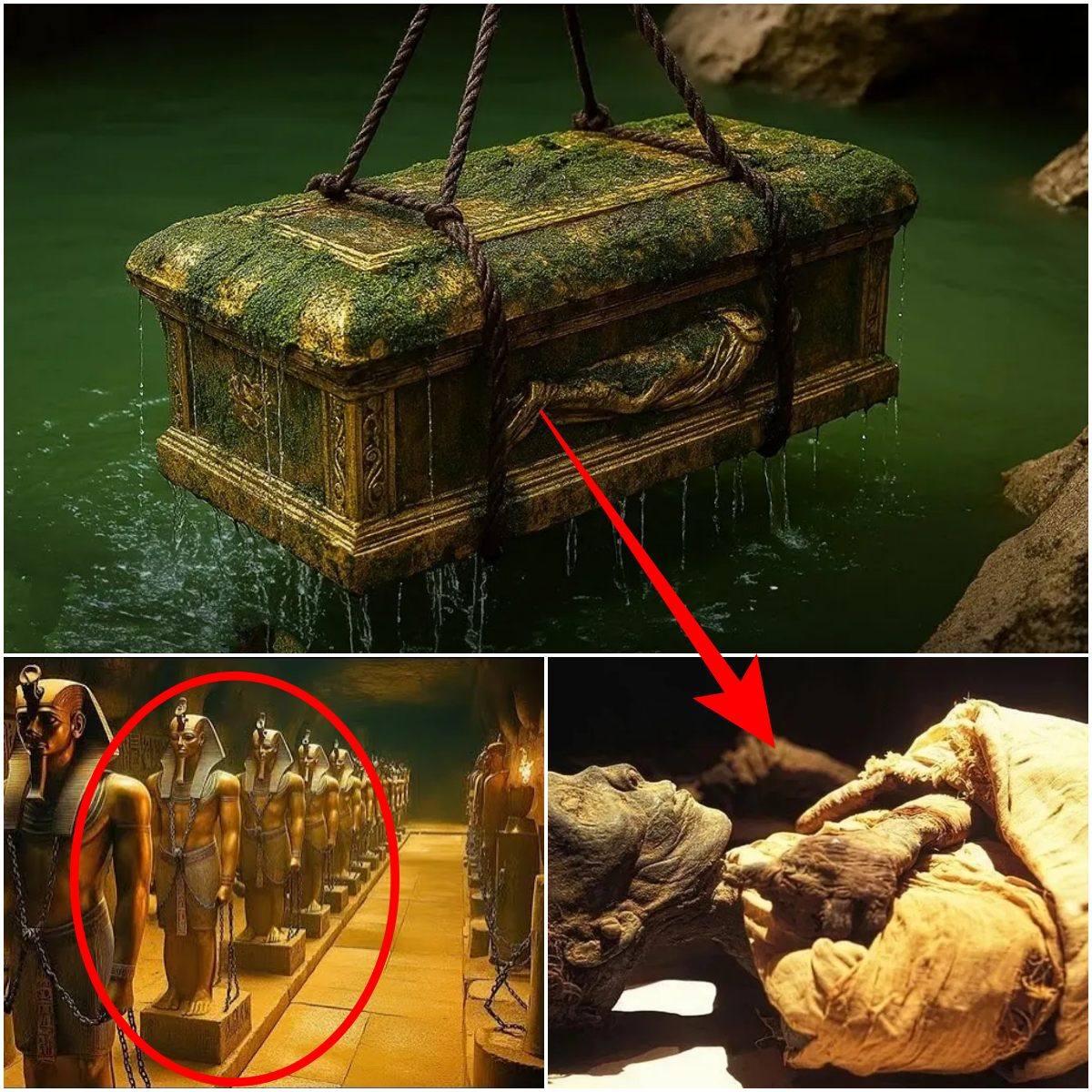
For the first time in over a century, history has been rewritten beneath the sands of Egypt. Archaeologists have uncovered the long-lost tomb of Pharaoh Thutmose II, ruler of the 18th Dynasty, in Luxor near the Valley of the Kings. Designated Wadi C-4, the burial site represents the most significant royal discovery since the unsealing of Tutankhamun’s tomb in 1922. Though partially damaged by flooding and stripped of many of its treasures in antiquity, the tomb of Thutmose II offers an extraordinary glimpse into the grandeur, rituals, and mysteries of ancient Egyptian kingship.

A King Lost in History
Thutmose II reigned around 1493–1479 BCE, a period marked by both political significance and dynastic complexity. He was the husband of Hatshepsut, one of Egypt’s most powerful female pharaohs, whose later reign overshadowed his own. For centuries, scholars debated the fate of his burial, as no intact royal tomb had ever been attributed to him—until now.
The newly revealed site finally answers one of Egyptology’s enduring questions: where was Thutmose II laid to rest? The answer, it seems, lay hidden within the rugged cliffs near the Valley of the Kings, awaiting rediscovery after 3,500 years.
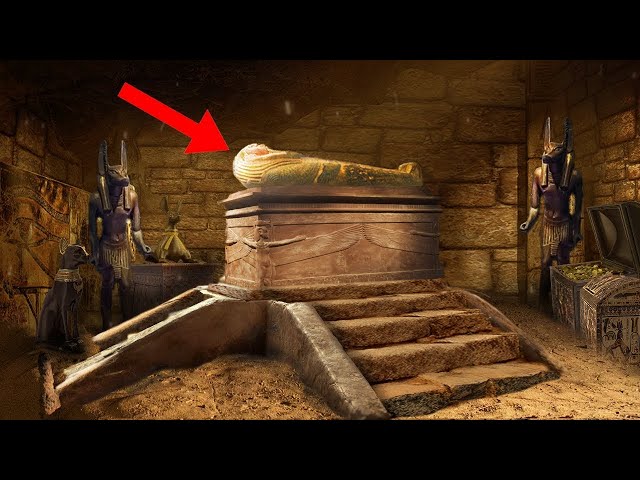
Inside the Tomb
The tomb, though scarred by time and natural disasters, still preserves echoes of its original splendor. Archaeologists uncovered fragments of funerary furniture, alabaster jars inscribed with the names of Thutmose II and Hatshepsut, and wall decorations that reflect the divine journey of the pharaoh into the afterlife.
One striking feature is the ceiling of the burial chamber: painted a deep blue and dotted with yellow stars, it symbolized the eternal heavens. The walls contain scenes from the Amduat, an ancient funerary text reserved for kings, which guided the pharaoh through the underworld toward rebirth. Even in its damaged state, the tomb offers a rare insight into the spiritual beliefs and artistic mastery of Egypt’s New Kingdom.
Why the Discovery Matters
The importance of this discovery cannot be overstated. Since the opening of Tutankhamun’s tomb more than a century ago, no new royal burial had been unearthed. The tomb of Thutmose II provides vital clues about funerary traditions of the early 18th Dynasty, a period that laid the foundations for Egypt’s golden age.

It also recontextualizes Hatshepsut’s role. The presence of inscriptions bearing her name alongside Thutmose II’s suggests a deeper intertwining of their legacies, one that may shed light on how she consolidated power after his death. Moreover, the artifacts—though fragmentary—demonstrate the craftsmanship and symbolic richness that characterized Egypt’s royal burials.
Conclusion
The revelation of Pharaoh Thutmose II’s tomb is not just another archaeological headline—it is a milestone that reconnects us with the foundations of one of history’s most iconic civilizations. While ancient floods and looting deprived the tomb of many treasures, what remains is priceless: a direct link to a pharaoh whose memory was long obscured. As excavations continue, Egyptologists anticipate further revelations that will enrich our understanding of Egypt’s dynastic past and the enduring quest for immortality.



